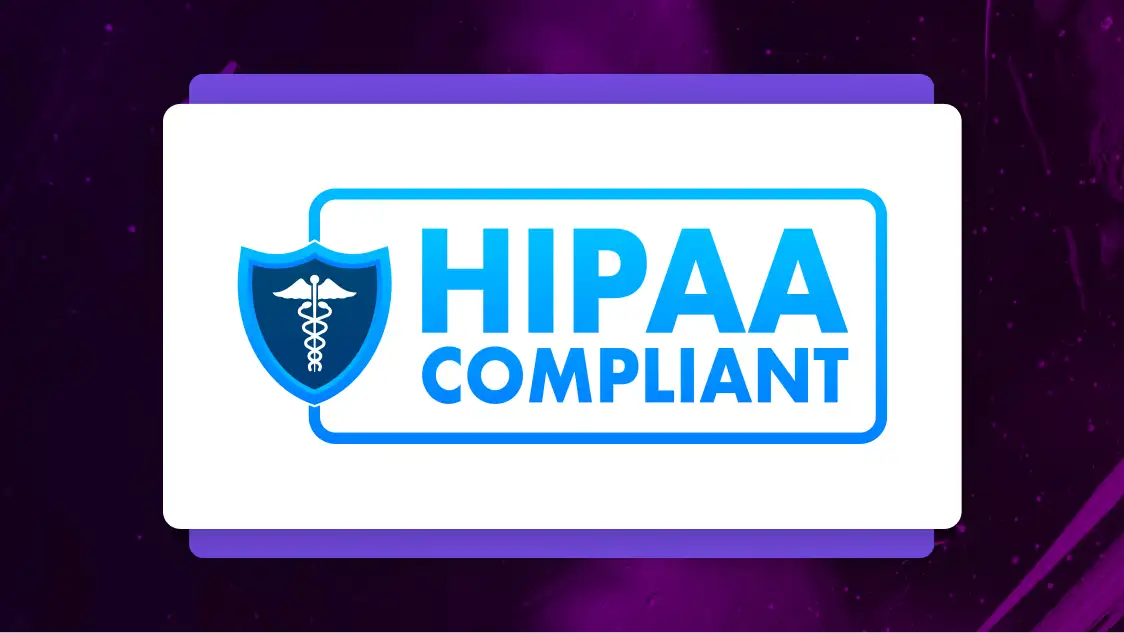The Ins and Outs of AI Law
AI and law are in tension, with more lawsuits and concerns arising daily. Here’s the current state of AI regulations and what to expect.

Artificial intelligence (AI) is having a moment. Bill Gates called it the most important technological advancement in the last several decades. Generative AI, in particular, is reshaping businesses of all kinds. As McKinsey and Company reports, 72% of organizations report that they have adopted generative AI in some capacity.
AI is already transforming entire industries, not the least of which is the practice of law. Using AI in law holds promise for vast efficiency improvements, yet it demands new skills among legal professionals.
And while AI’s impact on the legal field has been widely felt, its legal implications are far less clear. As organizations quickly adopt AI technology, the law is scrambling to keep up with a new set of risks, standards, and best practices around privacy; online abuses; and the spread of misinformation. In this article, we’ll explore the need for AI regulations, the current and future state of such artificial intelligence laws, and how the technology is already reshaping the legal field.
The AI of It All
AI uses vast amounts of data, algorithms, and computing power to simulate human intelligence and capabilities. Although there are different degrees of artificial intelligence, each is marked by some ability to think and act independently of human guidance or input. Such computers can perform some level of perception, reasoning, and other cognitive functions we typically associate only with humans.
Although AI has been around for decades, it has surged in popularity in recent years, especially with the public release of generative AI models like Gemini, ChatGPT and Dall-E. Businesses are now using AI for everything from automated chatbots to speech recognition to content creation. Bloomberg recently projected that the AI industry will expand at a compound annual growth rate (CAGR) of 42% from 2023 to 2032.
The Need for Artificial Intelligence Regulation
There has been no shortage of concerns surrounding the use of AI and the law over the past few years. Tech companies are already facing a barrage of lawsuits and citations for copyright infringement and data theft. Such cases raise significant questions about artificial intelligence law and regulations.
How Is Artificial Intelligence Currently Regulated?
As is often the case with new and quickly evolving technologies, regulations have yet to catch up to the current capabilities and risks of AI. In May 2024, the European Parliament adopted AI legislation that will ban certain applications of the technology and enforce tighter regulations around high-risk activities. However, the full rollout of the new law will take two years.
At this point, most intersections between AI and law fall into grayer areas than the EU’s legislation. Several states have passed laws requiring a deeper examination of the technology and its risks, while North Dakota has explicitly declared that AI is not included in the definition of a person. Many others have passed specific AI laws regarding self-driving vehicles. The Biden Administration, meanwhile, issued a “Blueprint for an AI Bill of Rights” designed to provide guidance for creating clearer definitions around citizens’ rights in relation to the technology.
Outside of the above, AI regulations are currently a hodgepodge of industry-specific policies, or they fall under broader laws governing data privacy and copyrights. Considering that AI has numerous applications across many different fields and industries, a traditional regulatory approach would likely be ineffective and difficult to enact.
Risks Associated With AI
While AI provides many benefits and cutting-edge solutions, experts agree that it also poses quite a few risks. These concerns include but are not limited to:
- Data privacy
- Discrimination stemming from biased facial and speech recognition algorithms
- Flaws in AI-based decision making
- Human injury resulting from autonomous vehicles
- Ethical nature of AI
- Intentional malicious use of AI (e.g., creating deep fakes or training bots to spread misinformation)
- Loss of jobs
Concerns around these and other issues are gaining momentum as the use of AI proliferates. Current and former employees of OpenAI and Google DeepMind have called for greater corporate transparency and accountability, along with whistleblower protections for employees.
There are plenty of concerns surrounding the use of AI within the legal field, too. For instance, legal AI tools bring enormous productivity benefits, but they also show a propensity to make up information.
Clearly, there are still many risks to address with AI technology. The United Nations put it bluntly in its “Interim Report on Governing AI for Humanity:”
“AI can reinforce biases or expand surveillance; automated decision-making can blur accountability of public officials even as AI-enhanced disinformation threatens the process of electing them. The speed, autonomy, and opacity of AI systems challenge traditional models of regulation, even as ever more powerful systems are developed, deployed, and used.”
Benefits of AI Laws
As always, there must be a balance between robust regulation and freedom for innovation. At their best, artificial intelligence regulations should provide important guardrails to protect society and its members from privacy violations and prevent corporate abuses.
In some areas, these benefits are fairly obvious. Self-driving cars pose a direct threat to humans, and there is abundant precedent for regulation in the automotive industry.
But regulations must stretch much further to ensure AI technology is shared equitably and used fairly, keeping human rights front and center. By implementing smart AI laws, governments can protect their citizens from things like:
How Will the Law Apply to Artificial Intelligence in the Future?
AI and the law are destined to be in tension going forward. More states will experiment with regulations, and the calls for legislation will likely only grow louder as companies test the limits of this technology.
Expanding regulations need not threaten the potential of AI, however.
“Genuinely sensible regulatory parameters, which balance the need for oversight and safe product development with the ability to innovate, are desperately needed,” the World Economic Forum declared in 2023. “With the right privacy and safety protections in place, the limits to what AI can achieve to benefit society could be boundless.”
The Intersection of Tech and the Legal Industry
What do these coming regulations mean for the use of AI in the legal field itself?
The law profession has a rich — if hesitant — history of integrating new technology. When the personal computer and the internet were introduced, law firms eventually implemented them to make their work more efficient. Regulatory concerns arose, the law adapted, and firms complied. It’s an unending slow dance. The use of floppy discs, VHS tape players in courtrooms, and paper-use stenographer machines all continued for decades due to caution around introducing new technologies. Eventually, however, change happens.
Now, court reporters and legal stenographers are leveraging AI technology to make their jobs easier. Transcriptions that once required hours of human labor can be accomplished in a fraction of the time. Depositions can be taken remotely, and law firms can rely on AI for legal documents in a host of other areas. All these benefits are available now, and firms are already leveraging AI in practice, even as new methods for quality control and regulatory compliance are put in place.
Navigating a New Era of Legal AI Concerns
If the last few years have shown us anything, it’s that AI is here to stay. This fast-evolving technology will continue to reshape law and other professions, even as the law itself must evolve to reflect these changing realities.
In this new era, AI and the law are intertwined — for better or worse. With careful use of technology and smart regulations, lawyers and other legal practitioners can leverage the many productivity benefits of AI while guarding against its risks.
Many of those productivity gains are already within reach. With Rev’s legal transcription services, lawyers and court reports can capture critical legal transcripts and meeting minutes with 99.6% accuracy.
Learn how Rev can reduce friction and transform workflows in your legal practice.
Heading
Heading 1
Heading 2
Heading 3
Heading 4
Heading 5
Heading 6
Lorem ipsum dolor sit amet, consectetur adipiscing elit, sed do eiusmod tempor incididunt ut labore et dolore magna aliqua. Ut enim ad minim veniam, quis nostrud exercitation ullamco laboris nisi ut aliquip ex ea commodo consequat. Duis aute irure dolor in reprehenderit in voluptate velit esse cillum dolore eu fugiat nulla pariatur.
Block quote
Ordered list
- Item 1
- Item 2
- Item 3
Unordered list
- Item A
- Item B
- Item C
Bold text
Emphasis
Superscript
Subscript

Subscribe to The Rev Blog
Sign up to get Rev content delivered straight to your inbox.





